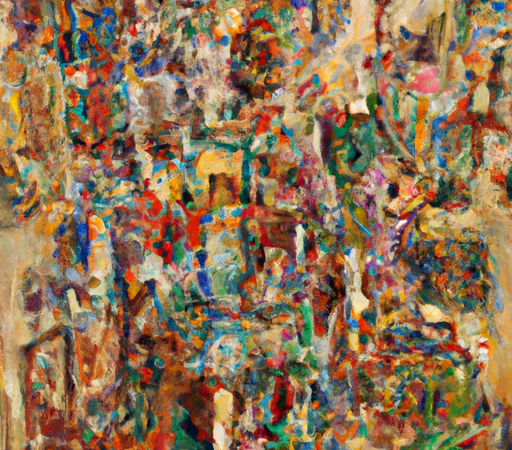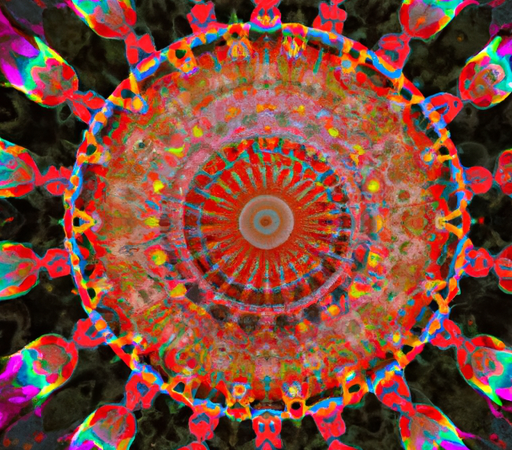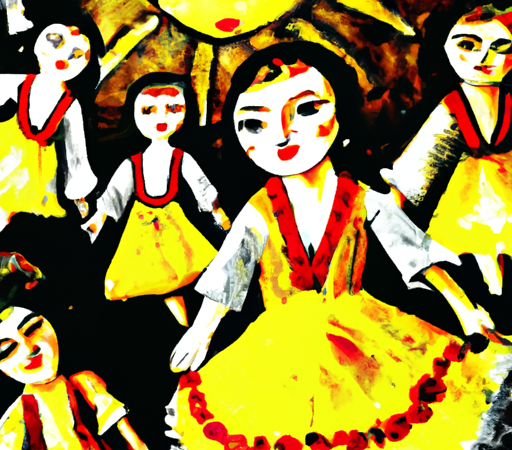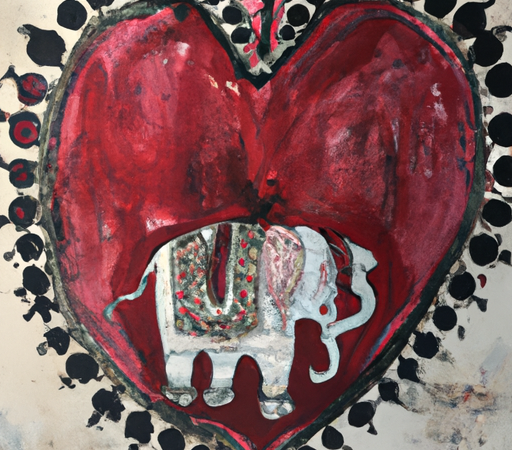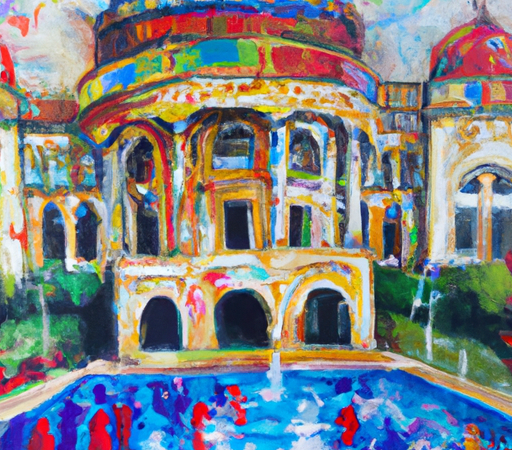Uncovering the History: The Stories Behind Famous Art Masterpieces
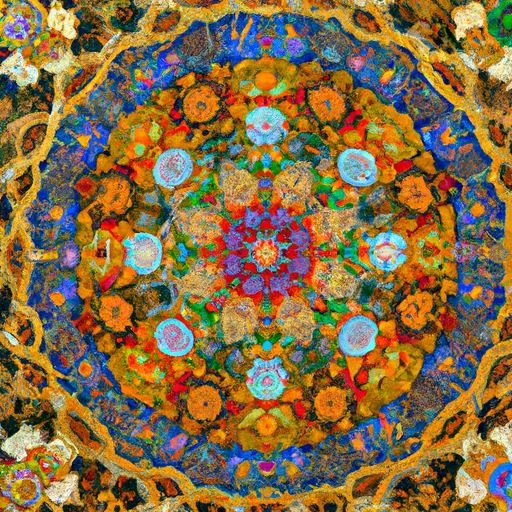
Uncovering the History: The Stories Behind Famous Art Masterpieces
Art holds a unique power – it connects people across generations, cultures, and centuries. Every brushstroke, every stroke of a chisel, tells a story. Behind every famous art masterpiece lies a captivating narrative, often full of mystery, intrigue, and sometimes, even scandal. These artworks, created by renowned artists, have left an indelible mark on the world and continue to be admired for their beauty, technique, and historical significance. Let us take a journey into the hidden histories behind some of these iconic creations.
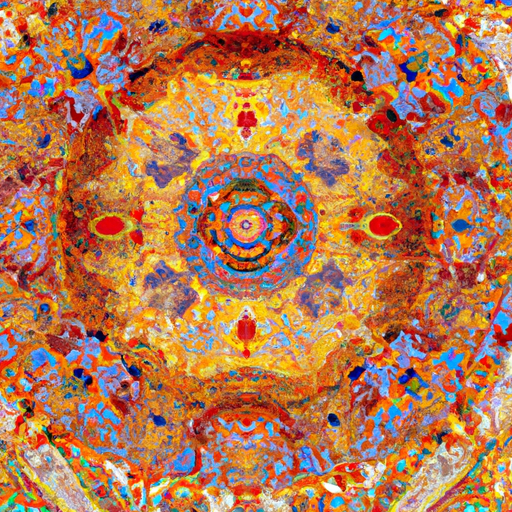
Leonardo da Vinci's "Mona Lisa" is undoubtedly one of the most well-known paintings in the art world. Painted between 1503 and 1506, this enigmatic portrait of Lisa Gherardini, a Florentine lady, has captivated audiences for centuries. The story behind the painting is as compelling as the mysterious smile on the subject's face. It is said that Leonardo da Vinci carried the unfinished portrait with him everywhere he went, working on it for years until he finally considered it complete. The intriguing details of Mona Lisa's identity and the reason behind her famous smile continue to inspire theories and speculation, creating an air of lasting intrigue around this masterpiece.
Another masterpiece that encompasses intrigue is Vincent van Gogh's "Starry Night." Painted in 1889 during his stay at the Saint-Paul-de-Mausole asylum in France, this iconic piece portrays a serene night scene with a swirling sky and a small village beneath. Van Gogh's troubled life and struggles with mental health are well-documented, and "Starry Night" is often seen as a reflection of his inner turmoil. Interestingly, recent research has suggested that the painting might have accurately depicted an astronomical event, with the stars aligning with known constellations of that time. Whether intentional or not, it adds another layer of fascination to this beloved work of art.
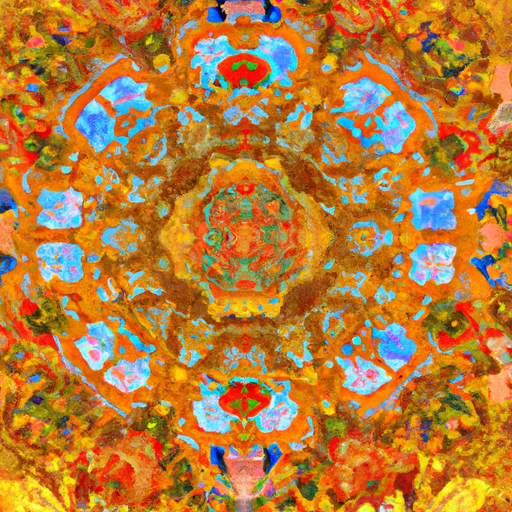
Moving onto sculptures, one cannot overlook the magnificent "David" by Michelangelo. Carved from a single block of marble between 1501 and 1504, this monumental sculpture is an awe-inspiring example of Renaissance art. Commissioned by the Florentine Republic to be placed in front of the Palazzo Vecchio, it celebrated the triumph over tyranny and the ideals of republican governance. However, Michelangelo's David almost met a different fate. Initially intended for the roof of Florence Cathedral, it had to be placed in a different location due to complex engineering challenges. Today, the statue stands in the Galleria dell'Accademia, proudly boasting its artistic and historical significance.
Salvador Dalí's "The Persistence of Memory" is a surrealistic painting that has puzzled audiences since its creation in 1931. Known for its melting clocks, the artwork explores the fluidity of time and the dreamlike nature of our perception. What many might not know is that Dalí drew inspiration for these melting clocks from a piece of cheese that had melted in his studio. This accidental discovery sparked his imagination, leading to the creation of one of the most recognizable and thought-provoking images in modern art.
These stories behind famous art masterpieces remind us that art is not just about aesthetics; it is about the human experience, thoughts, and emotions that inspired each stroke of the artist's hand. These iconic creations continue to captivate our imagination, inspiring wonder and awe. As we delve into the history and stories behind these masterpieces, they reveal a deeper understanding of not only the artists themselves but also our own human connection to art throughout time.

